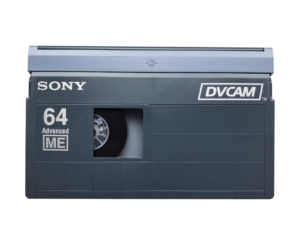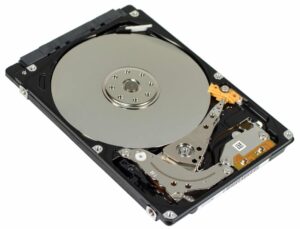
Data Storage Solutions in the Broadcasting Industry
In 2024, the broadcasting industry continues to witness significant shifts in data storage practices, driven by technological advancements and changing consumer demands. In the ever-evolving landscape of the broadcasting industry, the demand for efficient and reliable data storage solutions has never been greater. From capturing high-definition footage to archiving decades of content, broadcasters rely on a variety of storage technologies to meet their diverse needs. Let’s explore the current state of data storage in the broadcasting sector and examine some emerging trends that are shaping its future.
**Traditional Tape-Based Storage**: For many years, tape-based storage systems were the backbone of the broadcasting industry. Professional tape formats like Digital Betacam and DVCAM offered high-capacity storage and reliable performance, making them a staple in production workflows and archival processes. Despite the rise of digital technologies, tape-based storage remains relevant for long-term archival purposes in many broadcasting facilities.
For many years, tape-based storage systems were the backbone of the broadcasting industry. Professional tape formats like Digital Betacam and DVCAM offered high-capacity storage and reliable performance, making them a staple in production workflows and archival processes. Despite the rise of digital technologies, tape-based storage remains relevant for long-term archival purposes in many broadcasting facilities.
 **File-Based Storage Solutions**:
**File-Based Storage Solutions**:
The advent of digital recording and file-based workflows has revolutionized the way broadcasters store and manage their content. Hard disk drives (HDDs) and solid-state drives (SSDs) have become essential tools for capturing, storing, and editing media files. HDDs provide cost-effective storage with large capacities, while SSDs offer high-speed performance and durability, making them ideal for demanding production environments.
**Cloud-Based Storage Services**:
In recent years, cloud-based storage services have gained popularity among broadcasters seeking scalable and accessible storage solutions. Platforms like Amazon Web Services (AWS) and Microsoft Azure offer secure cloud storage options tailored to the unique needs of the broadcasting industry. Cloud storage enables broadcasters to store, archive, and distribute content from anywhere with an internet connection, facilitating collaboration and streamlining workflows.
**Emerging Technologies**:
As technology continues to advance, new storage technologies are emerging that promise to further transform the broadcasting industry.

**Object Storage**:
Object storage is a scalable and cost-effective solution for managing large volumes of unstructured data, such as video files and metadata. By organizing data into discrete objects and storing them in a distributed architecture, object storage systems offer flexibility, reliability, and seamless scalability, making them well-suited for broadcast media storage and archiving. Research from MarketsandMarkets indicates that the global object storage market is projected to grow to $20.7 billion by 2024, driven by the need for scalable and efficient storage solutions in media and entertainment applications.
**High-Density Optical Discs**:
High-density optical discs, such as Blu-ray discs with Ultra HD (4K) capacity, are gaining traction as a viable storage solution for high-resolution video content. With their large storage capacities and long-term archival reliability, optical discs provide broadcasters with a cost-effective option for storing and distributing high-quality media files. According to a report by Grand View Research, the global optical disc market is expected to reach $2.5 billion by 2024, driven by the growing demand for archival storage solutions in the broadcasting and entertainment sectors.
**Blockchain-Based Storage**:
Blockchain technology is being explored as a means of ensuring the integrity and authenticity of media assets throughout their lifecycle. By creating an immutable record of content ownership, rights management, and distribution history, blockchain-based storage solutions offer broadcasters greater transparency, security, and control over their valuable assets.
In conclusion, the broadcasting industry is undergoing a profound transformation driven by advancements in data storage technology. From traditional tape-based systems to cutting-edge cloud storage services and emerging technologies like object storage and blockchain-based storage, broadcasters have a wealth of options available to them to meet their storage needs. As the industry continues to evolve, staying abreast of these developments will be essential for broadcasters looking to optimize their workflows, preserve their content, and deliver engaging experiences to audiences worldwide.